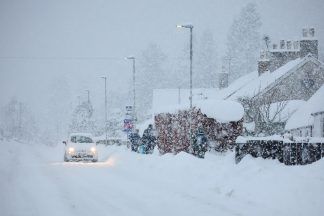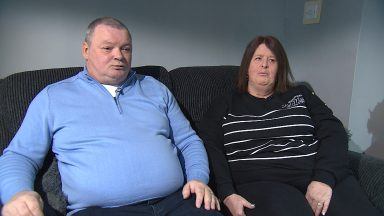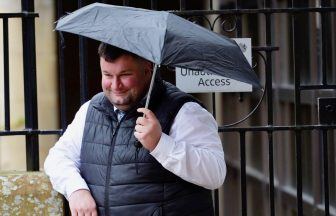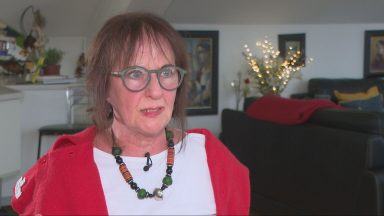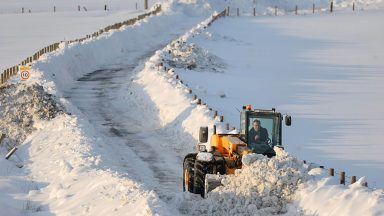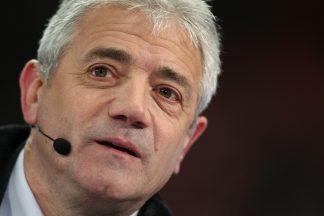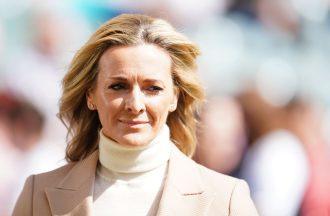The price of groceries has risen for the fifth month in a row, according to the latest inflation figures, as ITV News Political Correspondents Harry Horton and Romilly Weeks report
The headline annual rate of inflation in the UK held steady in August.
Prices are still rising by 3.8% a year – the same pace as in July – but that’s faster than the Bank of England is willing to tolerate.
The Bank’s job is to keep inflation low and stable at 2%.
One year ago, inflation was below that target.
The “cost of living” has been steadily driven higher by repeated increases in the prices of fuel, food, and energy, as well as some one-off jumps in water bills and vehicle excise duties.

“I know families are finding it tough and that for many the economy feels stuck. That’s why I’m determined to bring costs down and support people who are facing higher bills,” the Chancellor said in a statement this morning.
The government is under intense scrutiny about its management of the economy.
Ministers point out that by increasing the national minimum wage, freezing bus fares and making free school meals more readily available, the government is “putting money in people’s pockets” – as it likes to say.
The uncomfortable truth is that inflation in the UK is much higher than in either the Eurozone (2.1%) or the US (2.9%) and that government policy has also put upward pressure on prices.
Food and drink inflation in the UK rose for a fifth consecutive month and is running at 5.1%, materially higher than the run rate of 1.5% before Covid.
The weather – there have been droughts in Brazil and poor harvests across Europe – has played a role, but supermarkets and food producers say decisions the Chancellor made in her Budget last October have added 1–2% to food prices across the board.

The increases, in April, to the national minimum wage and employer national insurance contributions have saddled businesses with higher costs – one way they have responded is by increasing prices.
Last month, the Bank of England said a new packaging scheme designed to reduce waste, introduced by the last government but adopted by this one, will push food prices up further.
It expects food inflation to peak at 5.5% at Christmas before falling gradually in 2026. Higher food prices get noticed because they hurt, and hurt those on lower incomes in particular.
There are many ways to measure what is happening to prices.
“Core” inflation, which strips out food and energy prices, eased to 3.6%.
Inflation in the services sector of the economy, which tends to better reflect wage growth, also dipped to 4.7%.
The direction of travel is encouraging, but both are well above the Bank’s target, and the next few months are likely to be difficult.
No one expects the Bank to cut interest rates tomorrow.
Follow STV News on WhatsApp
Scan the QR code on your mobile device for all the latest news from around the country





